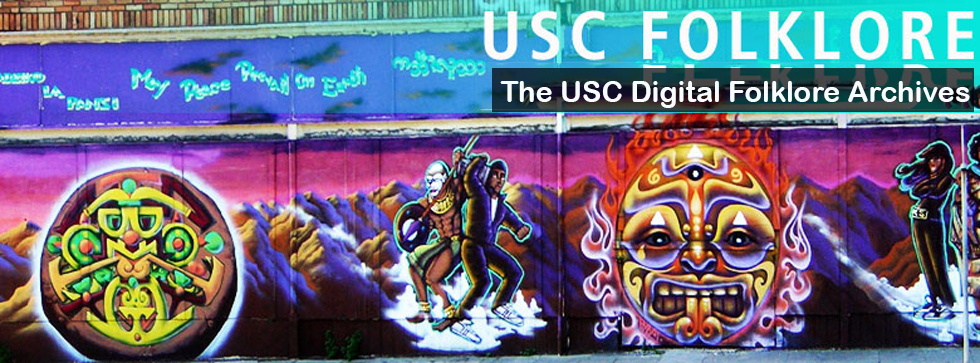Main Piece:
The following was recorded from the Participant. They are marked as BDV. I am marked as DG.
BDV: I feel like Filipino’s in general focus a lot on the Virgin Mary… Ok, so yeah there’s this woman named Mary, she marries this man named Joseph and…because I guess you are supposed to marry virgins back then ,she was a virgin so Joseph was like “ok cool”, and then the angel Gabriel comes down and announces to Mary that she is pregnant, and she doesn’t know what to do because she’s a virgin, she’s like “how did this happen,” so she tells Joseph and instead of freaking out-well he probably does freak out-but he says “it’s ok I forgive you. We’ll just deal with this baby.” And and it’s unclear whether he believes she didn’t sleep with anyone else, but but yeah and then she goes to tell her sister Elizabeth and Elizabeth is like wow I’m also having a baby and she’s going to name her son John, because the angel also told her to name-told Elizabeth to name her son John… Um, yeah.
DG: Where did you hear it, like from your family?
BDV: No, I aggressively went to Sunday school when I was younger because my parents made me, and I-that is how they told it… No they probably told it more eloquently but they told the story. I didn’t read the bible much when I was younger.
DG: How old were you when you heard this?
BDV: Um, I would say probably 5–kindergarten.
Context:
The conversation was recorded while sitting outside of a coffee shop at the University of Southern California. The interviewee heard the story of the Virgin Mary while at Sunday School, and also later at home.
Background:
The student was born and raised in Northern California. She is a sophomore at the University of Southern California. She is the fourth generation to grow up in America, but is Filipino. She speaks several languages, with English being her native language.
Analysis:
This is one of the most common stories that is known about the Bible. Most people, even if unreligious, know at least part of the story of the Virgin Mary. I did actually find it really interesting, though, because although I’m no longer religious, I did grow up Christian and I had never heard the part about Mary’s sister, Elizabeth, so that was an interesting addition to the story. I also was intrigued by the participant saying that Filipino’s are often very into the Virgin Mary story-it made me wonder what about it in particular made it such an item of interest, more so than in other cultures?
